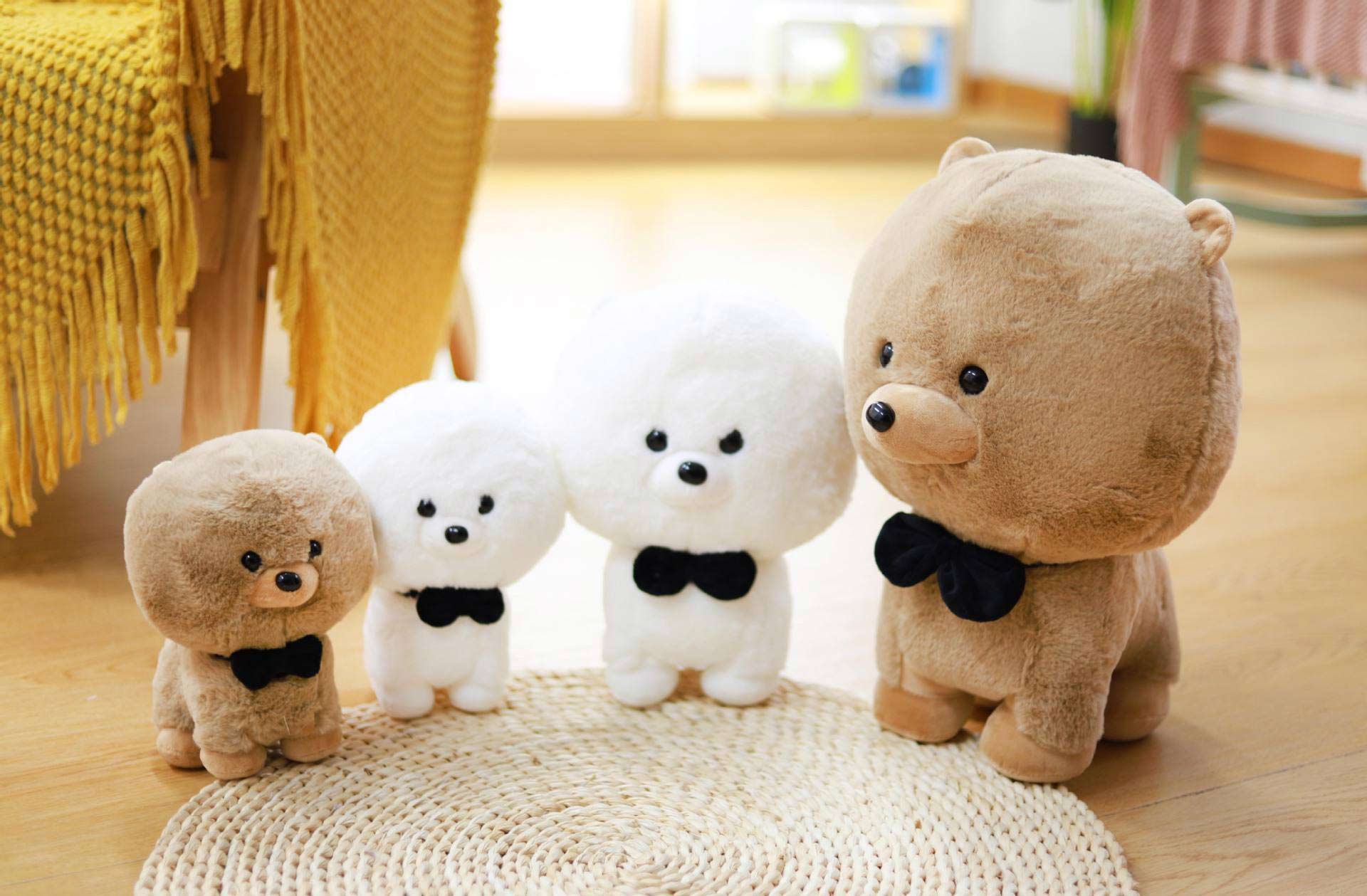Plush toys can be divided into the following four categories:
1. According to the production characteristics of plush toys, most products have fillers, so plush toys and plush toys can be broadly referred to as stuffed toys;
2. According to whether it is filled, it can be divided into filled toys and unfilled toys;
3. Filler toys can be divided into plush stuffed toys, velvet stuffed toys, and plush stuffed toys based on their appearance;
4. According to the appearance of the toy, it can be divided into stuffed animal toys, which are equipped with high intelligence electronics, movements, sound animal toys or dolls, and various holiday gift toys.
There are many benefits to having children play with toys, mainly manifested in the following aspects:
1. Language training: When children are playing, they may occasionally recite words to toys and interact with them; Speaking; Similarly, do not underestimate this communication mode, it provides children with the opportunity to use language to express themselves. At this point, if parents can participate and play with their children, it can not only stimulate them to speak more, but also guide them in their vocabulary and expression skills, enhancing their ability to master language use.
2. Stimulating sensory development: Toys can encourage children to use their senses to interact with the world, such as stimulating their visual, auditory, and tactile senses, helping them coordinate with the reactions of various senses in the body to come into contact with and recognize all the novel things in the outside world. Some will make noise, while others are designed with bright colors that can directly bring visual stimulation to children. Different puzzle toys are effective tools to assist children in understanding the world.
3. Coordinated bodily functions: Children's hand foot coordination, hand eye coordination, and other bodily functions need to be trained and gradually established, and toys are one of the best training tools. For example, when a child builds a box of building blocks into a shape, in addition to using their mind, they also need to coordinate their hand functions.
